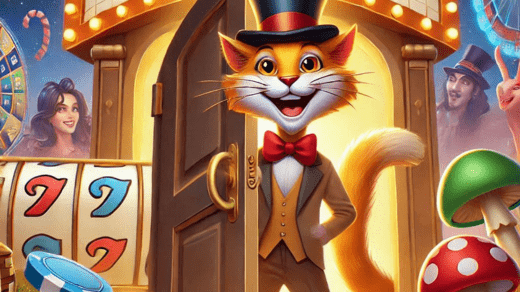Game design is a creative discipline that blends elements of storytelling, psychology, and technology to create interactive experiences that captivate players and keep them coming back for more. Behind every successful video game, board game, or tabletop RPG, there’s a team of dedicated game designers who meticulously craft the rules, gameplay mechanics, and aesthetics. In this article, we will delve into the world of game design, exploring the principles and practices that transform an idea into an engaging and immersive gaming experience.
At its core, game design is about creating enjoyable and engaging experiences. This process begins with a concept, a unique idea that sets the stage for the game’s world, characters, and objectives. From the initial concept, designers develop a set of rules and mechanics that dictate how the game is played. These rules establish the structure and provide a framework for player interactions, shaping the overall experience.
Narrative and storytelling play a significant role in many games, as they can draw players into the game world and establish a sense of purpose. Whether it’s the epic quests of role-playing games (RPGs) or the environmental storytelling of adventure games, a well-crafted narrative can enhance player engagement.
Game designers must also consider the balance of challenge and reward. Games that are too easy can become dull, while overly difficult games can lead to frustration. Striking the right balance is crucial to keeping players engaged and motivated.
Aesthetics, including graphics, sound, and overall presentation, are essential aspects of game design. They contribute to the game’s atmosphere, immersing players in the intended experience. The art style, music, and sound effects can all greatly influence a player’s emotional connection to the game.
Iterative development and playtesting are fundamental to the game design process. Designers create prototypes, test them with players, gather feedback, and refine the game accordingly. This cycle repeats multiple times, ensuring that the final product is enjoyable and well-balanced.
Game design isn’t limited to video games; it extends to board games, card games, and tabletop role-playing games like Dungeons & Dragons. Each type of game presents unique challenges and opportunities for designers. Board games, for instance, rely heavily on physical components and the tactile experience, while video games leverage technology for dynamic interactions.
Moreover, the advent of game development tools and platforms has democratized game design, enabling independent developers and small studios to bring their creative visions to life. Indie games, known for their innovation and artistic expression, have had a significant impact on the gaming industry and have garnered a dedicated fan base.
In this article, we will explore the multifaceted world of game design. We’ll delve into the creative process, the principles of design, and the challenges that designers face. We’ll also examine the impact of game design on the player experience and the gaming industry as a whole. Whether you’re a seasoned game designer, a budding creator, or simply someone interested in the art of interactive entertainment, this article will provide insights into the fascinating world of crafting engaging game experiences.



